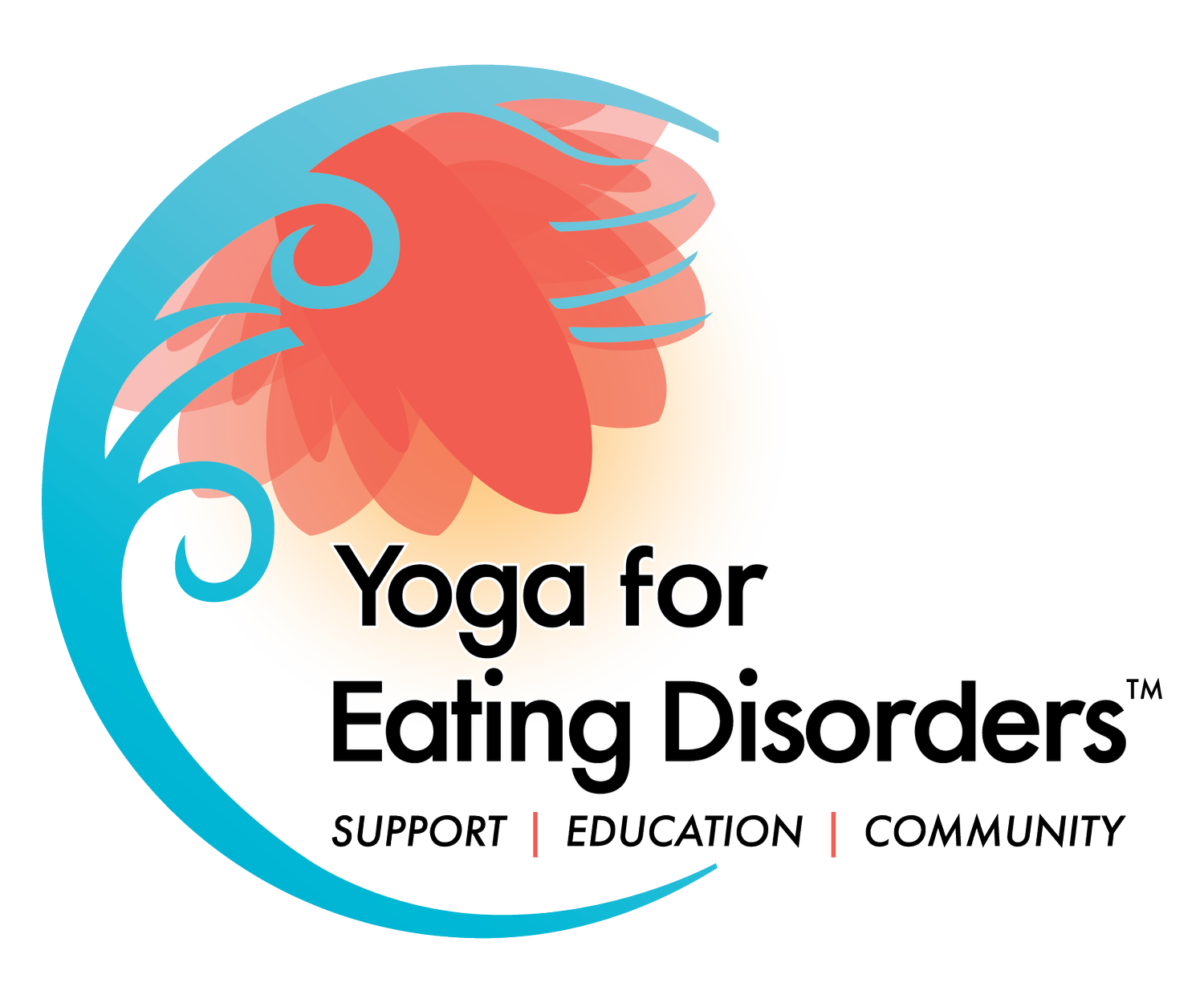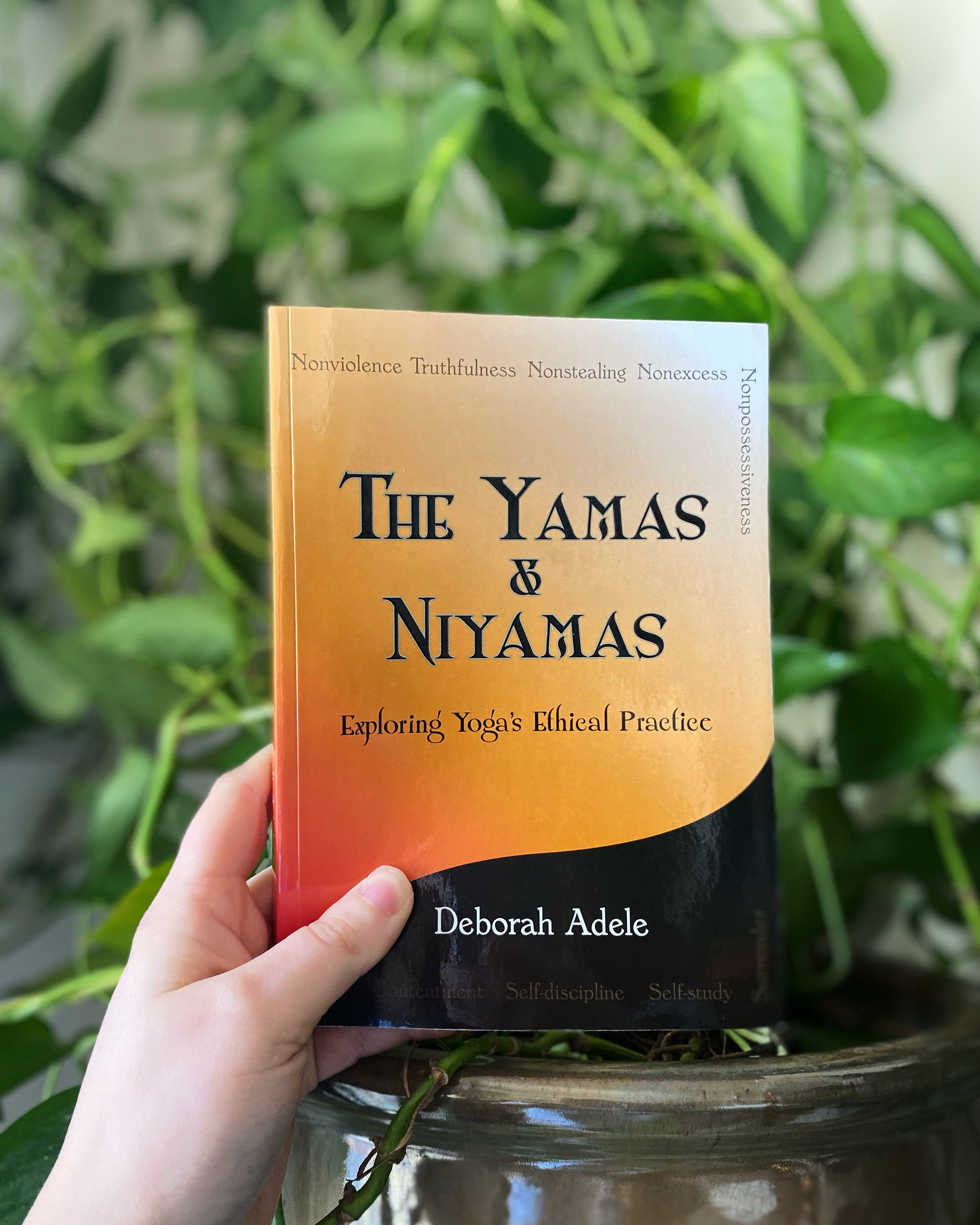Anti-Diet as a Form of Nonviolence
By Isabelle Gillibrand, Guest Contributor
Note: This post discusses and/or mentions diet culture, weight, and disordered eating. If you feel this will be harmful for you and/or is not your jam, I invite you to skip this post. Disclaimer that this is a thought piece.
I have always enjoyed snack time.
As far back as my memory goes, I have always been eager for a snack - morning snacks, afternoon snacks, the treat I allow myself as a dessert with lunch AND dinner. Snack time was the norm in my early childhood and education - never questioned, judged, or saturated in shame.
As I got older, my comforting snack time began to take a turn. When I got called chubby in middle school by a peer, I became hyperaware of what I packed for school. I noticed the difference between my Cosmic Brownie and someone else’s Fiber One bar, and, though enjoying it, questioned if I should be. I had friends that were overcoming their relationship with food, and I witnessed several people battle different forms of eating disorders, which made me question my relationship with food as well.
For as long as I can remember, diet culture has been part of my life, and I can’t imagine I’m alone in this experience. We see foods being labelled into a hierarchy of “good” and “bad” and going so far as to associating food with our identities:
You’re a healthy person if you eat x,y, and z.
You’re a healthy person if you do a, b, and c.
Which, dare I say, is outrageous.
“Nourished healthy bodies come in a lot of diverse sizes,” said Erin Harrop on the podcast Maintenance Phase in the episode titled Eating Disorders. I write this as a cis-gendered, thin, able-bodied woman, and I am not an expert on the matter, but I know enough to understand that there are too many other factors, including our genetics and privileges, to determine someone’s overall health with body size, and yet it is body size alone we are most focused on as a diet-culture-driven society.
Divesting from Diet Culture is Ahimsa
One of the eight limbs of yoga is the concept of the yamas, the first of five being ahimsa. Ahimsa, in short, can be thought of as nonviolence. That goes in the literal sense of do not invoke physical harm or violence onto others, but it also goes for nonviolence towards ourselves and others on a mental, emotional, and psychological level as well.
Divesting from diet culture, which tries to tell us that health equals thin, is an ahimsa practice. By promoting anything else, we imply to people that the way their bodies are built cannot be loved and respected exactly as they are, which is harm. By promoting the idea that those in large bodies are responsible for such, which in turn has led to subpar healthcare and treatment, is harm. Some people may be at their thinnest and the unhealthiest they’ve ever been, while vice versa, someone may be at their heaviest and the healthiest they’ve ever been. A thin person can be healthy. A larger person can be healthy. We are not to make the determination on someone’s health based on body size and from a diet-culture lens.
A way I’ve seen this in action time and time again is with donating blood. No, the blood donation qualifications in the United States are not perfect, which is another topic in and of itself, but generally the benchmarks for qualification include things like being a minimum of a certain weight, blood pressure, and heart rate to determine if your body is healthy enough where you may safely donate blood. Using myself as an example, given that I blood and/or platelets on a regular basis:
According to the BMI system, calculated on the CDC website, I am overweight.
According to the Red Cross benchmarks, I am in optimal health.
Though a fairly new and evolving conversation, there has been research about reducing harm from moving to a mindset of “weight normative” (meaning that there is an exact definition of a healthy weight and it lands as a personal responsibility) to “weight inclusive” (meaning that there are many factors that impact well-being, weight, and size, and working with the individual to promote wellness through what is realistically accessible to them).
There is a difference between taking good care of yourself with food and exercise and using them as tools of harm. In yoga philosophy, we talk about having multiple bodies, known as koshas, where the physical and mental bodies are separate from each other. I invite you to explore this as you practice ahimsa, rejecting the idea that someone’s physical body is a determinate of their mental body and who they are as a person. Reject the idea that body size is any of your business (even with yourself, as it involves so many more factors than just your nutrition and exercise).
Take good care of yourself and take good care of others by practicing ahimsa. This is a larger effort and larger conversation, but it all starts with divesting from diet culture on a personal level through living our yoga.
Isabelle Gillibrand (she/her) is a Registered Yoga Teacher (RYS-200), Reiki II practitioner, and an Accessible Yoga ambassador with a passion for helping people discover a practice that best serves them and to live their yoga. Isabelle utilizes a variety of wellness tools to connect the reflecting, relaxation, and restoration done on the mat into daily life. Connect with Isabelle on her website.


